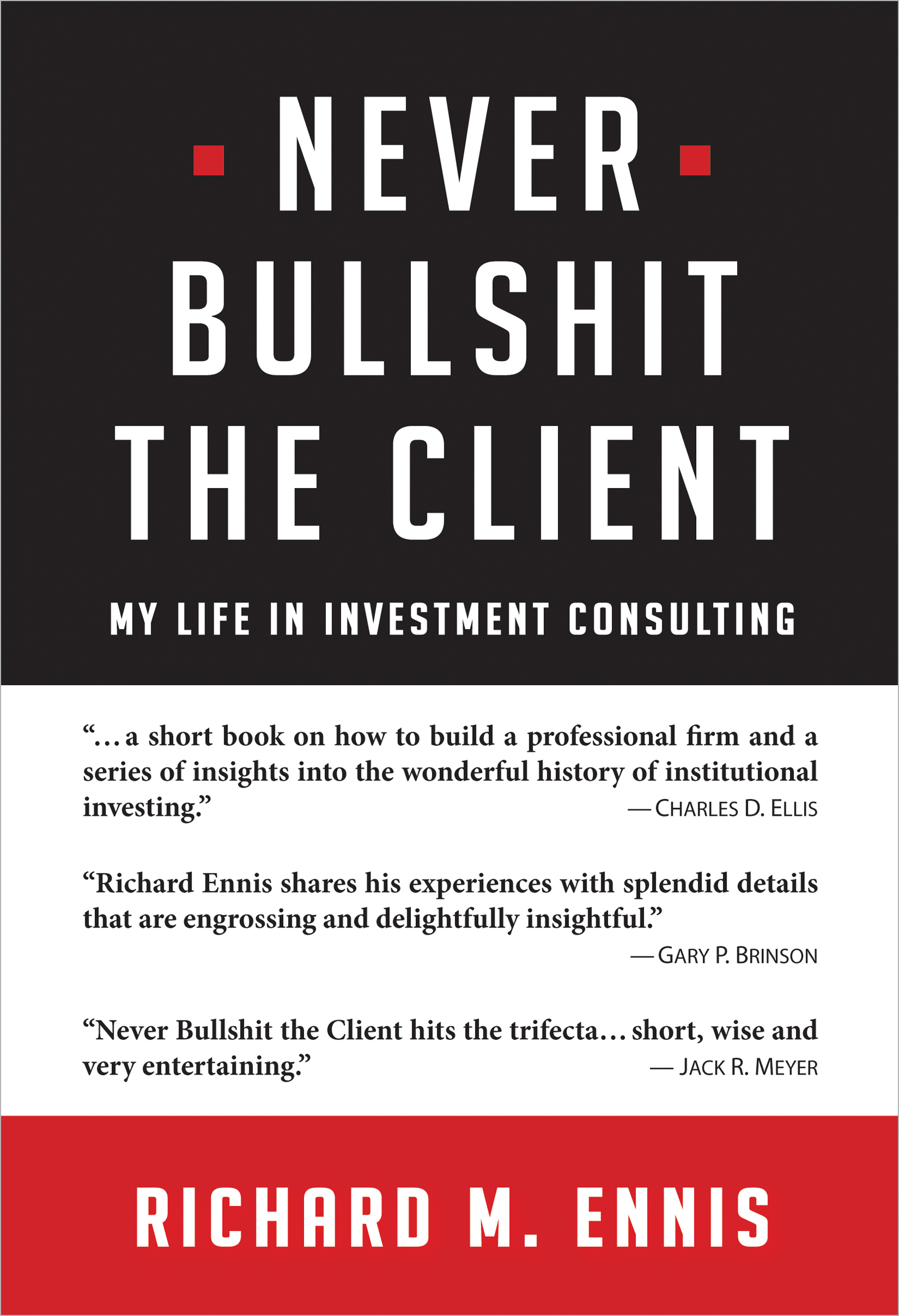Scattershot Diversification
Institutional investors like active investing but not active investment risk. Sound a bit odd? In any event, in the era of alternative investing, this quirk has introduced an element of portfolio inefficiency.
Through most of the 1980s, stocks and bonds were institutional investors’ principal assets. With advances in investment management technology, diversification had become something of a science. Market values and allocations were known exactly, and factor and other attribute exposures could be controlled with precision. An unintended overweight of a particular segment of the market, say, large cap growth stocks, could be offset easily and cleanly with an allocation to one or more small cap index funds. Institutional investors knew, and could control, their P/E ratio, beta, industry and sector allocations, factor exposures, and so on. All this came courtesy of continuous auction-market pricing of portfolio holdings combined with advances in investment science. And trustees prized diversification.
Large allocations to hedge funds and private market investments complicated things for the portfolio analyst. (These account for 35% of public pension assets and more than 60% of endowments.) Blind pools replaced portfolios of publicly traded securities. The nature of investment supervision changed. Identifying unusually skillful alternative investment managers became the name of the game. Institutional CIOs, increasingly referred to as “LPs” and “allocators,” were investing without knowledge of the particulars of what they would own and learning to live with what they got. Nowadays, institutional CIOs resemble hosts as much as principals.
With the embrace of alts, each investor was free to choose (or invent) asset class descriptions and revise them at will. Some chose to go with five asset classes, while others ran with 10 or more. This gave rise to a new dimension of subjectivism for the investor. Asset-class rhetoric abounded, some quite creative. And as it did, actual market exposures became hazy. But investors didn’t lose their appetite for diversification. Diversification remained cardinal.
Throughout, large funds’ R2s with broad market indexes, a common measure of diversification, typically have remained in the range of 95% to 99%. How did they bring this about while making blind allotments within fuzzy asset classes? They opted to rely on the law of large numbers, often making more than 100 partnership investments. Assuming an average of 20 discrete equity interests per partnership, the institution would have 2,000 such interests, each, presumably, with its own strategic motivation (story). But, owing to the blind nature of the process, the pattern of diversification has been, perforce, scattershot. The institutions have largely eliminated non-market risk but only through brute force and the mercy of the law of large numbers.
There is nothing elegant about portfolio construction today. In fact, it seems almost primitive. Institutions own a jumble of equity things — nearly countless, largely illiquid and beyond their control. And they diversify via costly managed portfolios, something finance theorists frown upon as not being cost-effective. This is the story of scattershot diversfication.

